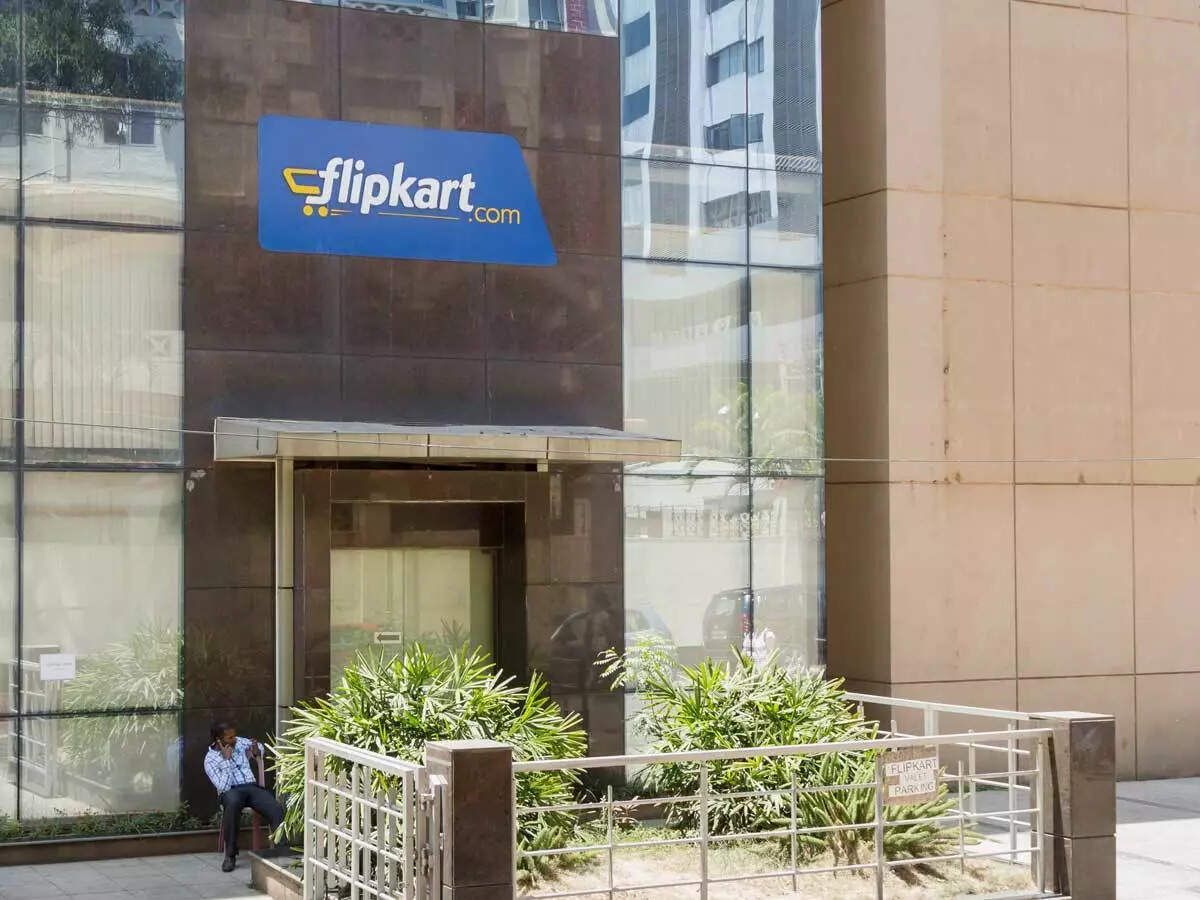The report titled ‘India’s SaaS: Taking Wings,’ which analysed 250 SaaS companies across industries with an ARR of at least $10 million, noted that the space grew at a compound annual growth rate (CAGR) of 24% between FY19 and FY24.
As a group, these SaaS companies are already profitable and set the stage for a wave of potential initial public offerings (IPOs), even as public market valuations undergo a reset, the report said.
“If we look at it collectively, the larger ones (SaaS firms) will be much more profitable, and the smaller ones, some of them might be loss-making. As companies grow, they become very profitable because this is a very high gross margin business,” Abhishek Kumar, equity research analyst at JM Financial, who is also the co-author of this report, told ET.
SaaS firms typically have high gross margins of 70-85%, and their fixed costs, such as investments in technology, don’t rise in proportion to revenue. As a result, they become more profitable as they scale, he added.
The report also highlighted a sharp correction in the valuations of the listed SaaS firms, particularly smaller horizontal players that build solutions meant to be used across multiple industries, with market capitalisations under $10 billion. This, it said, is due to a shift in investor focus from “growth at all costs” to free cash flow and profitability.
This shift has also made traditional valuation methods like the Rule of 40 less relevant. The Rule of 40 is a benchmark used to evaluate SaaS companies by combining their revenue growth rate and profit margin, where if the total is 40% or more, the company is considered financially healthy.
Further, the report noted that investors are leaning into more granular metrics, focussing on how well companies retain customers, how quickly they recover customer acquisition costs, and the long-term value each customer brings.
While the correction has been broad-based, larger SaaS firms have been more resilient than smaller ones, as investors prioritise revenue visibility, he said.
A part of the correction also stems from the slowdown in growth post-Covid-19, Kumar of JM Financial noted, adding that unless there is a sharp bounce back, he does not see trading multiples going up.
Vertical SaaS outpaces horizontal peers
While horizontal SaaS companies, which offer broader, industry-agnostic solutions, still make up over half the market, vertical SaaS players are growing at a faster pace, the report said. It found that vertical SaaS firms grew at a CAGR of 26.3% between FY19 and FY24, compared to 22.3% for horizontal players.
The vertical SaaS segment is led by companies in banking and financial services, such as Perfios and TransUnion Cibil; retail firms like Ayekart and Jumbotail; and logistics and ecommerce players like Shiprocket and Quest2Travel, among others.
What’s next?
According to Kumar, the sector is expected to maintain its growth momentum. “I don’t see them (growth) accelerating immediately. But, I think they are still at a very early stage; barring a few, they are still small. So, they can very easily sustain this kind of 20-25% CAGR over the next few years.
Some Indian SaaS companies have already entered public markets. Freshworks listed on the Nasdaq in 2021, while ecommerce software firm Unicommerce debuted on the Indian stock exchanges in August 2024. Customer engagement platform Capillary Technologies has also filed draft papers for an IPO, signalling further activity ahead in the public markets.




